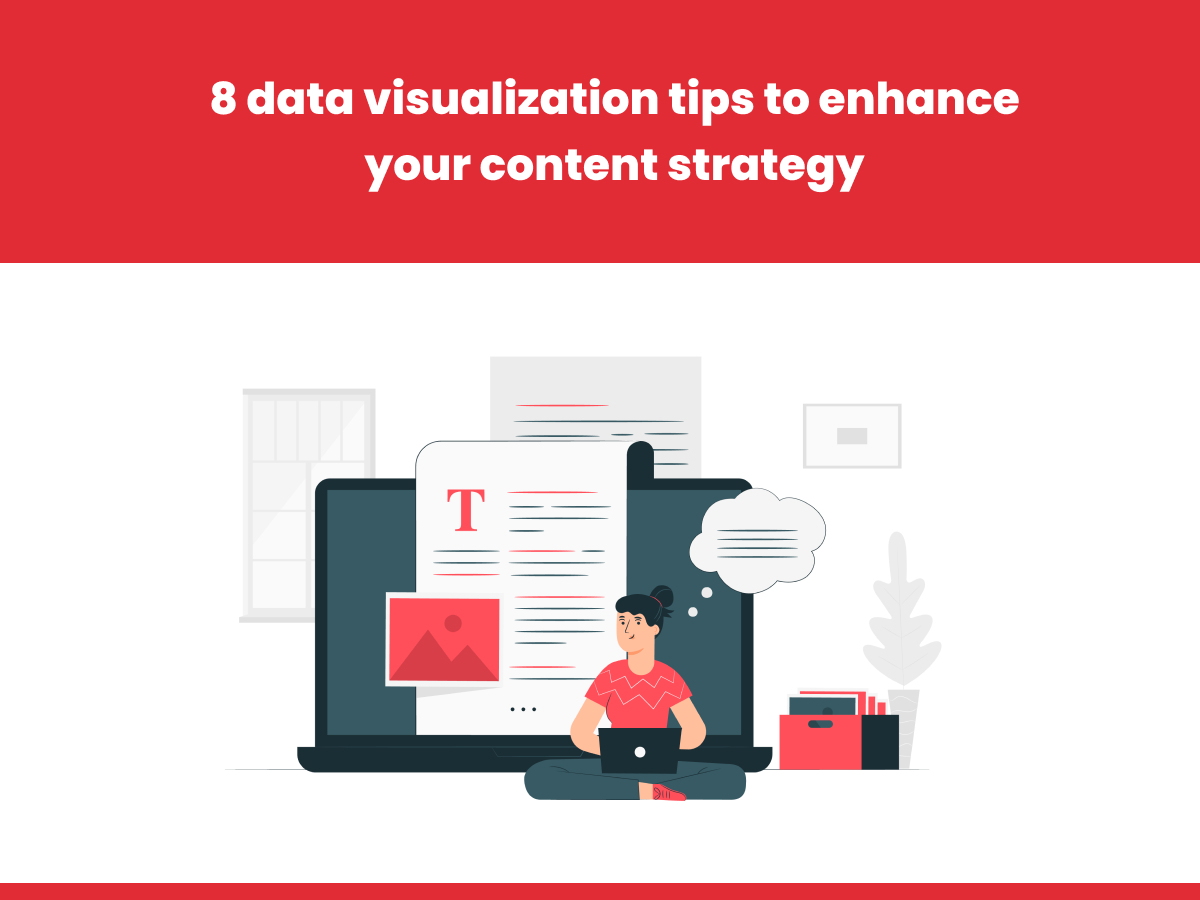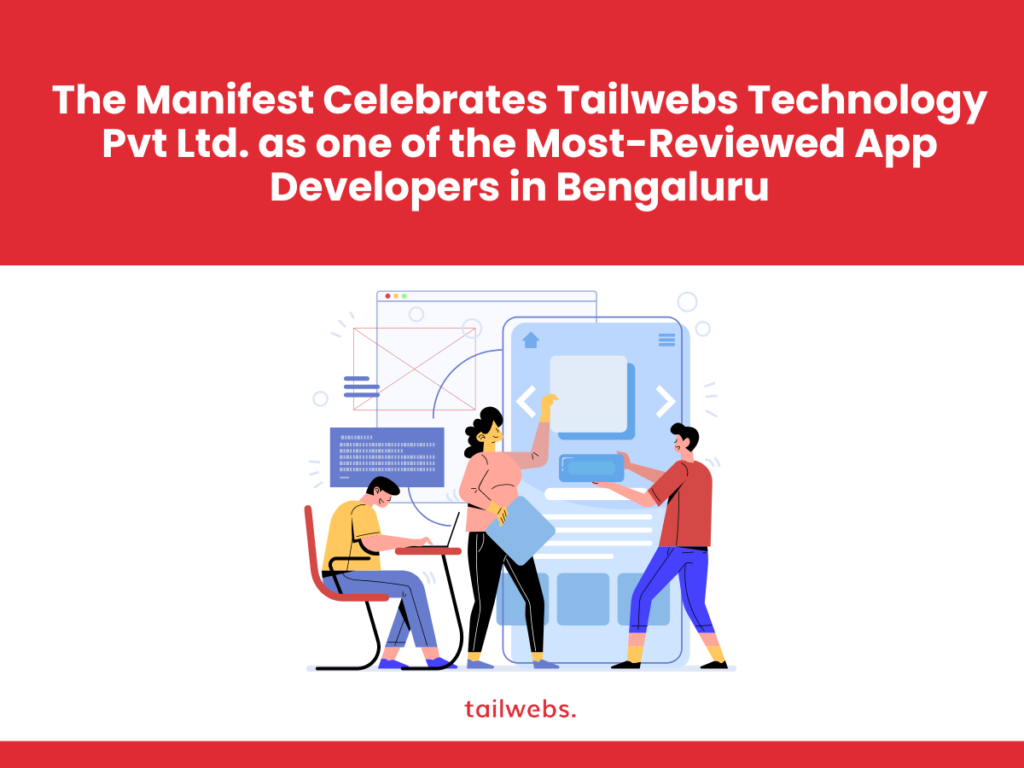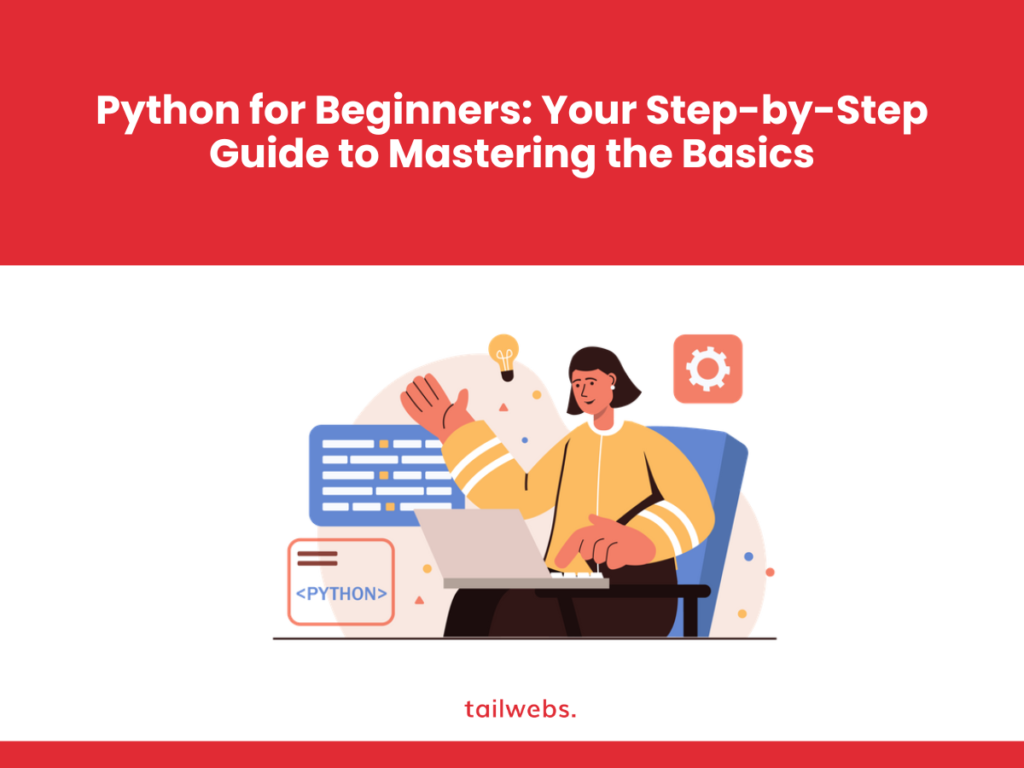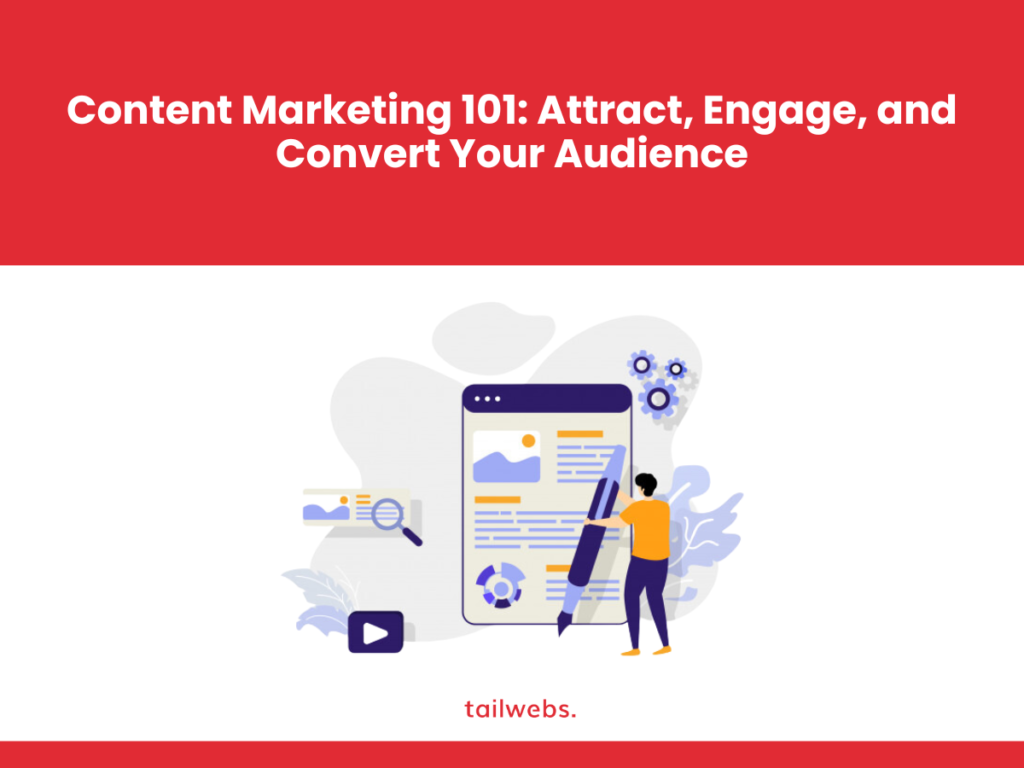Data visualization has revolutionized the way big data companies operate. It gives the ability to extract insights from large volumes of data, companies can make informed decisions, identify new opportunities, and drive growth. However, data visualization isn’t just for big data companies anymore and has become an essential tool for any industry that wants to succeed in the digital age.
As per Wyzowl, Our attention spans have reduced from 12 sec to 8.25 secs in the last 15 years. People are inundated with information from multiple sources, and traditional forms of content marketing no longer cut it. That’s where data visualization comes in. The basic game of data visualization is presenting information visually compellingly that can grab people’s attention and convey complex information in a way that’s easy to understand.
In this blog, we will see 8 essential data visualization tips that can help you create engaging visuals that convey your message effectively. From optimizing visualization types to promoting your visuals effectively, we will cover everything you need to know to take your data visualization game to the next level.
What does the research say?
As per surveys by HubSpot, infographics are shared and liked on social media three times more than any other type of content. Similarly, a study by Forbes found that people are 80% more likely to read content that includes colourful visuals. These statistics demonstrate the power of data visualization in capturing people’s attention and driving engagement.
Data visualization is an essential aspect of modern content strategy. By using visual aids to represent complex data, you can make your message more accessible and engaging for your audience. However, creating compelling data visualizations requires more than just adding a few charts or graphs to your content. You need to understand the best techniques for data visualization and how to use them to supercharge your content strategy.
Let us see how to use Data Visualization at its best for a Compelling Content Strategy.
1. Optimize Visualization Types for Your Data
The first step in creating effective data visualizations is to choose the right visualization types for your data. Different data types need different types of visualizations. For example, if you are presenting numerical data, bar charts, and line graphs are effective ways to communicate the information. If you are presenting geographical data, maps, and heatmaps can help to highlight patterns and trends.
The right visualization type can convey your message more effectively and make it easier for your audience to understand. Let’s say you want to visualize the performance of your marketing campaigns over the past year. A line graph would be an effective way to present this information because it can show trends over time and highlight any fluctuations in performance. Our Basic Guide to Data Visualization Can help you select the best data type.
2. Maintain Simplicity and Clarity
When it comes to data visualization, less is often more. Avoid cluttering your visualizations with too much information or too many colours. Rather, concentrate on illustrating the most important information clearly and concisely.
One example of simplicity and clarity in data visualization is the “less is more” approach used by Apple in its product launches. Apple’s product displays are famous for their minimalist design, which focuses on showcasing the product’s key elements clearly and concisely. By doing so, Apple has created a brand image that is instantly recognizable and associated with simplicity and elegance.
3. Be the Storyteller for Your Data
Data visualization is not just about presenting information; it is a story-telling game. By developing a storyline for your data, you can create a narrative that captures people’s attention and makes the information more memorable.
One example of storytelling in data visualization is the “Gapminder” project, which was created by Swedish data visualization expert Hans Rosling. The project uses animated bubble charts to visualize complex data sets and tell a story about global development over time. By presenting the information engagingly and interactively, Gapminder has helped to raise awareness about global development issues and make the information more accessible to the general public.
4. Promote Your Visuals Effectively to Increase Engagement:
Creating great visualizations is only half the battle. To get the most out of your visualizations, you need to promote them effectively. This means sharing your visualizations on social media, embedding them in blog posts and articles, and using other marketing channels to get your visualizations in front of your target audience.
For example, if you have created a data visualization that shows the growth of your company over time, you could promote it by sharing it on LinkedIn and other social media platforms, embedding it in a blog post about your company’s success, and using email marketing to send it to your customers and partners.
5. Use Real-Time Data to Enhance Your Visualizations:
Real-time data is data that is updated and available in real-time. Using real-time data in your visualizations can help you tell more compelling stories and provide your audience with more up-to-date insights.
For example, if you’re creating a visualization that shows the performance of your e-commerce site, you could use real-time data to show the number of visitors to your site in the last hour or the number of orders placed at the last minute. This would give your audience a more accurate and up-to-date picture of your site’s performance.
6. Consider Audience Characteristics:
When creating data visualizations, it’s important to consider the characteristics of your audience. Different audiences may have different levels of familiarity with the subject matter, different preferences for visualization types, and different expectations for how the information should be presented.
For example, if you’re creating visualizations for a technical audience, you may want to use more complex visualization types that allow for in-depth analysis. If you’re creating visualizations for a general audience, you may want to use simpler visualization types that are easier to understand.
7. Leverage Interactive Elements:
Interactive elements can be a powerful tool for engaging your audience with your data visualizations. By allowing your audience to interact with the data, you can create a more immersive and engaging experience that encourages exploration and discovery.
One example of interactive data visualization is the “World Population” project, which was created by the BBC. The project uses a variety of interactive elements, including maps, charts, and sliders, to visualize global population trends. By allowing users to explore the data interactively, the project has helped to raise awareness about population issues and engage a broad audience.
When incorporating interactive elements into your data visualizations, it’s important to consider the user experience and ensure that the elements are instinctive and easy to use. You should also consider the level of interactivity that is appropriate for your audience and the purpose of your visualizations.
8. Test and Refine Your Visualizations
Creating great data visualizations is an iterative process. It’s important to test your visualizations with your target audience and refine them based on feedback and data.
One example of testing and refinement in data visualization is the “Google Analytics” platform. Google Analytics provides a range of data visualization mechanisms that allow website owners to track user behaviour and performance metrics. By analyzing the data and testing different visualizations, website owners can refine their content strategy and optimize their user experience.
The Future of Data Visualization- Trends and Innovations to Watch Out For:
As we continue to generate and analyze more data than ever before, data visualization will play an increasingly important role in helping us make sense of all that information. So what are some of the emerging trends and innovations that we should be aware of as we look to the future of data visualization?
Let’s take a closer look.
AI and Machine Learning: As AI and machine learning technologies continue to advance, we can expect to see more refined data visualizations that can automatically identify patterns and insights in large datasets. These tools can help us uncover new insights and opportunities that might have otherwise gone unnoticed.
Virtual and Augmented Reality: Virtual and augmented reality technologies are already being used to create immersive data visualizations that entitle users to analyze complex data more intuitively and interactively. In the future, we can expect to see more sophisticated applications of these technologies in a range of industries, from healthcare to engineering.
Natural Language Processing (NLP): As natural language processing technologies continue to improvise, we can expect to see more data visualizations that can process and analyze text-based data, such as social media posts or customer feedback. These tools can help us better understand and respond to customer needs and preferences.
Dynamic Data Visualizations: Dynamic data visualizations are those that update in real-time based on changes in the underlying data. These types of visualizations can be incredibly powerful for monitoring and analyzing data in real time, from social media trends to stock market movements.
Personalization: We can expect to see more personalized visualizations that are tailored to the needs and preferences of individual users. These tools can help us better understand and act on our data, whether it’s personal health data or business performance metrics.
Overall, the future of data visualization is an exciting one, full of new technologies and innovations that will help us unlock even more insights and opportunities from our data.
Don’ts in Data Visualization:
While it is important to understand the trends of Data Visualization, do not go overboard with it. Let us see the things not to do:
-
- Don’t Overcomplicate Your Visualizations While it’s important to include all the relevant data in your visualizations, it’s equally important not to overwhelm your audience with too much information. Avoid cluttering your visualizations with too many elements or too much text. Instead, focus on creating clear and simple visualizations that convey your message effectively.
-
- Don’t Use Misleading Visualizations Data can be manipulated in many different ways, and it’s important to avoid using visualizations that could be seen as misleading or dishonest. For example, avoid using inappropriate scaling or omitting key data points that might alter the interpretation of your visualizations.
-
- Don’t Ignore Your Audience’s Needs When creating data visualizations, it’s important to consider the needs and preferences of your audience. Avoid using visualizations that might be difficult for your audience to interpret or understand. Instead, create visualizations that are tailored to your audience’s needs and preferences, and test your visualizations with your audience to ensure that they are effective.
-
- Don’t Sacrifice Accuracy for Aesthetics While it’s important to create visually appealing visualizations, it’s equally important to ensure that they are accurate and reliable. Avoid sacrificing accuracy for the sake of aesthetics, and ensure that your visualizations are based on sound data and analysis.
-
- Don’t Forget to Iterate and Improve Finally, don’t forget that data visualization is an iterative process. Avoid thinking of your visualizations as a one-and-done effort, and instead focus on testing and refining your visualizations over time. Continuously seek feedback from your audience and use that feedback to improve your visualizations and achieve even better results.
From simple data to Impactful Visuals: Elevate Your Content Strategy with Compelling data visualizations
Data visualization is an essential tool for modern content strategy. As we have seen, the power of data visualization cannot be overstated. Man’s brain processes visual information 60k times faster than words. That means that a well-crafted visualization can communicate information more effectively and efficiently than a paragraph of text ever could. And with the amount of data being generated and analyzed every day only increasing, the importance of data visualization will only continue to grow.
So, whether you are a content marketer or a journalist, investing in data visualization can provide you with a competitive edge and help you achieve your goals.
So, take these tips and start creating impactful data visualizations today!





